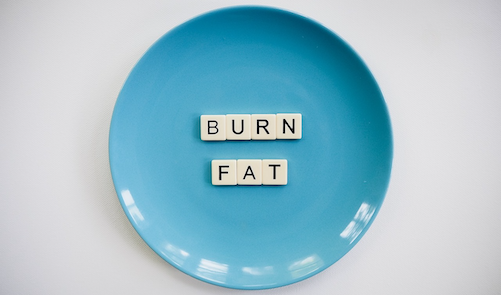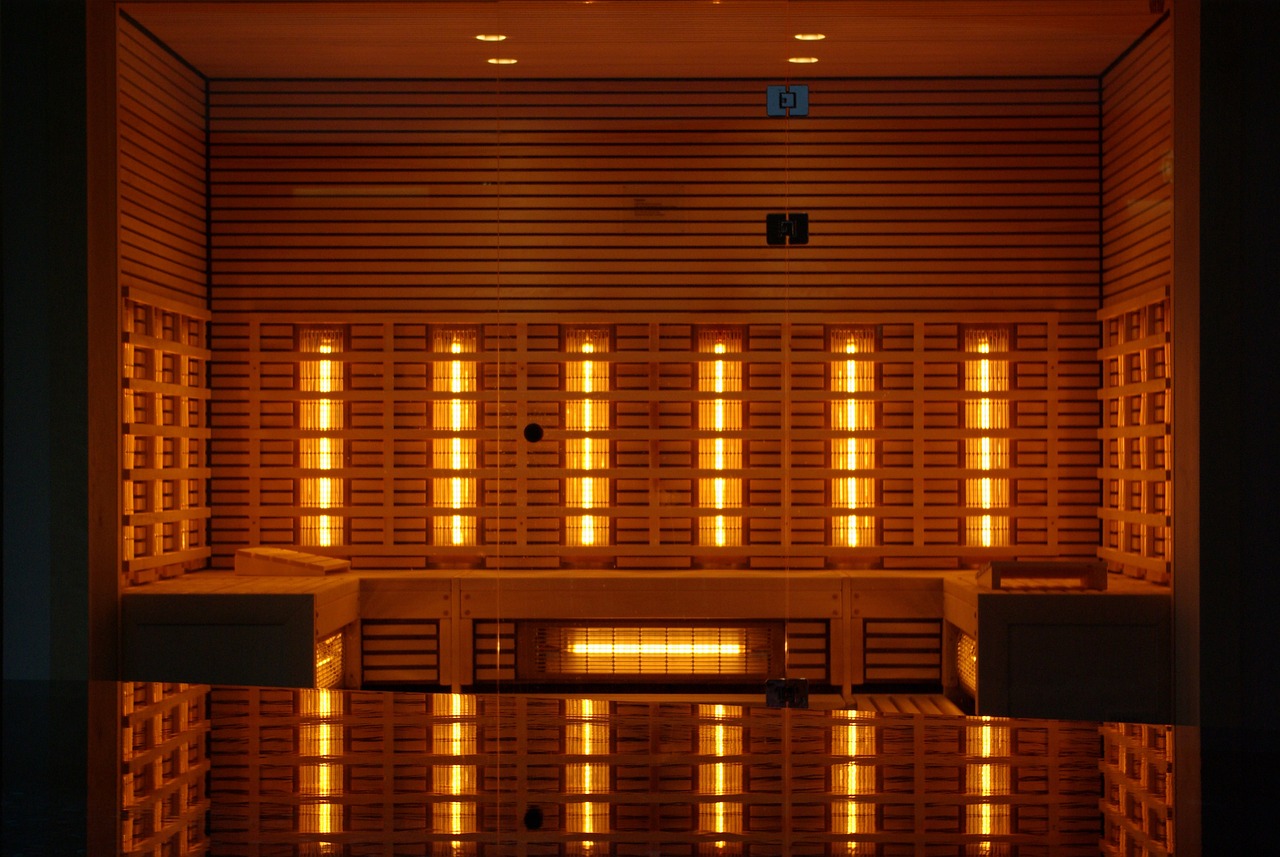- HOME
- Infrared Sauna Benefits
- Weight Loss
Do Infrared Saunas Help You Lose Weight?

In the diverse landscape of weight loss strategies, the path less traveled might lead you to the warmth of a sauna. While diets and exercise routines dominate mainstream discussions, the potential role of saunas, particularly for those struggling with excess weight, is an exciting and underexplored route.
What does science say about using saunas for weight loss, both traditional and infrared?
Insights from Dry Sauna Studies
A study involving 45 young, overweight, men yields valuable insights into the effects of dry saunas on weight loss [1]. The rigorous protocol included four sessions of 10 minutes each in a sauna heated to a sweltering 90°C (194°F), alternated with cooling breaks.
The findings were remarkable - participants experienced an average fluid loss of 0.65 kg per session. Notable increases in heart rate and blood pressure were observed as well, akin to those experienced during mild cardiovascular exercises.
The researchers also examined calorie burn. The participants experienced a noticeable increase in calories burned during these sessions. Starting at 73.04 kcal during the first session and gradually increasing to 131.40 kcal by the fourth session (average).
This suggests that with each session our body adapts to the heat, working harder, increasing the amount of energy expended. These figures are inspiring for people who want to make the sauna part of their weight management.
However, this study also indicates potential risks, particularly for obese people or those with specific health conditions, due to extended exposure to high temperatures. For more scientific backing, you can read more here.
Please note: this study took place with a Finnish sauna. This traditional sauna differs slightly from the infrared sauna.

Infrared Saunas: A Softer Heat Approach
The infrared sauna is a gentler alternative. IR saunas use infrared light to directly warm the body, allowing for a more comfortable experience at lower temperatures (120°F to 150°F, or 50°C to 65°C).
The deeper penetration of infrared heat is believed to stimulate detoxification and potentially impact fat breakdown. The milder temperatures of these saunas also allow for longer, safer sessions, catering to a wider range of individuals, including those sensitive to higher heat.
Far-Infrared Saunas: Deepening Weight Loss Effects
Far-infrared saunas, employing a specific light spectrum to generate heat, represent a more targeted approach. Research [2] focusing on these saunas has demonstrated serious reductions in body weight and fat after regular use over two weeks, suggesting a more profound effect on weight loss than the temporary loss of fluid observed with traditional saunas.
The underlying mechanisms are intriguing: Far-infrared rays might boost metabolic processes and directly affect fat tissue, leading to increased calorie burn and significant fat loss.

Sauna blankets: the most affordable and user friendly home far infrared sauna
IR Sauna and fat loss
Binghamton University (New York) investigated the physiological effects of regular infrared sauna sessions on body fat reduction [3].
During two different phases, participants experienced a remarkable reduction in body fat – up to 4% over several months – by participating in 45-minute sessions at 110 degrees. Interestingly, the study highlighted the importance of session timing, with evening sessions leading to more significant fat loss than morning sessions.
This research suggests that the increase in core body temperature, which potentially increases human growth hormone levels, plays a crucial role in this process.
The relationship found by the researchers between consistent use of an infrared sauna and reduction in body fat is promising for people who want to use an infrared sauna for their weight management.
How many calories do you burn in an infrared sauna?
How many calories are burned during an infrared sauna session? While we haven't found any conclusive research, we can shed some light on the claims made on various websites about this question.
Let's take a look at what factors play a role in calorie burn and how the claims compare to research.

Personal factors
A number of personal factors must be
taken into account in this calculation.
Body weight plays an important role; People with higher body weight tend to burn more calories because their bodies require more energy for basic functions and to deal with the heat of the sauna.
Height also plays a role in the equation, albeit more subtly. Taller people have a larger skin surface area, which can affect how the body regulates temperature in response to heat. This can lead to small variations in energy consumption during a sauna session.
These elements, combined with metabolism, age, gender, fitness level and stress levels, create a complex interplay that determines overall calorie burn.
claims vs research
The insights into calorie burning from the aforementioned Finnish research into dry saunas are often used by suppliers to reinforce claims about calorie burning. However, it's important to remember that calorie burning is affected by a host of factors beyond just sitting in a sauna.
Claims of burning 200-600 calories per 30 minute session are widespread, but seems an exaggeration. The actual calorie burn is probably much lower and depends on the factors mentioned earlier.
The increase in calorie expenditure during sauna sessions is more modest and is mainly due to the body's efforts to cool itself in response to the increased temperatures. This process increases the heart rate slightly, similar to what happens during light cardiovascular activity.
However, this should not be directly equated with the calorie-burning effects of active exercise, as the mechanisms and results differ considerably.
To understand the actual calorie consumption of sauna sessions, more detailed and extensive research is needed.

Broader Perspective and Cautions
It's important to consider sauna therapy as a helpful element, part of a holistic weight loss strategy. Although they show potential benefits, saunas, including far-infrared varieties, should not be seen as standalone solutions. They are most effective when integrated with a balanced diet and regular physical activity.
Before you start any new health strategy, including sauna use, it’s wise to consult a healthcare professional, especially if you have existing health conditions.
Concluding Thoughts
Using saunas, particularly the far-infrared type, in weight management is a promising area. Although further research is needed to fully understand their benefits, these saunas present a relaxing and potentially effective addition to traditional weight management.

Diane Sargent
Interested in learning more? Find additional resources below. Find more helpful tips, expert reviews, and in-depth guides on PEMF mats, sauna blankets, and wellness tech at saunace.com.
References
1. Robert Podstawski et al., Correlations between Repeated Use of Dry Sauna for 4 x 10 Minutes, Physiological Parameters, Anthropometric Features, and Body Composition in Young Sedentary and Overweight Men: Health Implications, BioMed Research International,https://www.ncbi.nlm.nih.gov/pmc/articles/PMC6360547/
2. Sadatoshi Bire, et al., Clinical Implications of Thermal Therapy in Lifestyle-Related Diseases, Department of Cardiovascular, Respiratory and Metabolic Medicine, Graduate School of Medicine, Kagoshima University,, https://www.sld.cu/galerias/pdf/sitios/rehabilitacion-bal/sadatoshib_et_al.pdf
3. McLeod, K. (n.d.). Effects of infrared sauna use on core body temperature, physiologic measures, and body fat composition: A two-phase study. Binghamton University.


